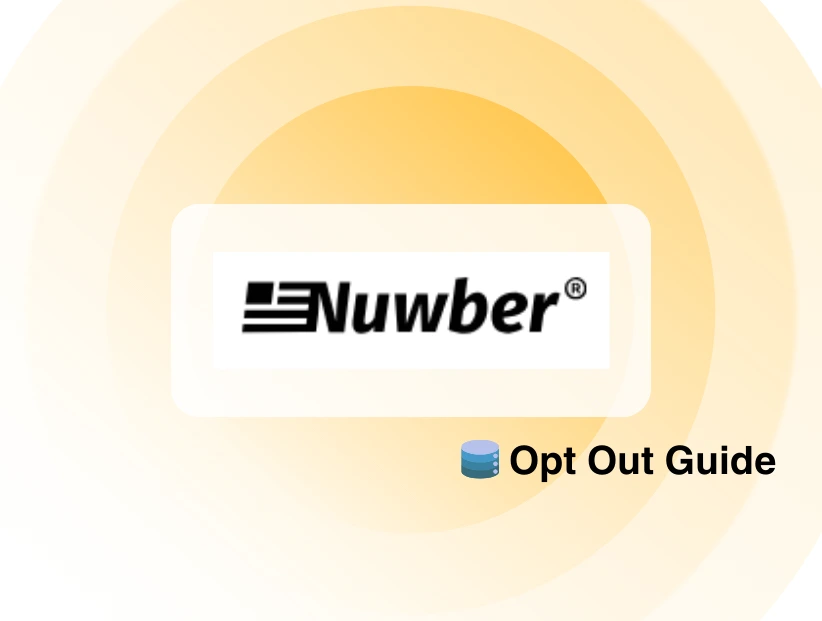Do you find networking on your Mac a bit challenging? Sometimes, apps or services struggle to connect smoothly. That’s where port forwarding helps!
It’s a simple way to guide internet traffic to the right device on your network, making gaming, hosting servers, or using remote tools much easier. Let’s find out how you can set up Mac port forwarding behind CGNAT.
What is Mac Port Forwarding?
Port forwarding on a Mac allows you to create a direct connection between your device and the internet by opening specific ports.
This setup is crucial for gaming, remote desktop access, and using services like FTP or custom applications. Let’s break down everything you need to know about Mac port forwarding, step by step.
How Port Forwarding Helps in Gaming, Streaming, and P2P Connection
Port forwarding helps your Mac communicate with external servers or devices over the internet. Without it, certain apps or services may not work correctly. Here are some key benefits:
- Better Gaming Performance
Online games need open ports to reduce lag and keep your connection stable.
- Remote Access
Tools like RDP or VPNs need port forwarding to let your Mac connect to other systems.
- Improved Streaming and File Sharing
Apps like Plex or FTP servers need open ports to work smoothly.
Must-Have Items Before Mac Port Forwarding
Before setting up port forwarding, make sure you have the following:
- A static IP address is a fixed internal IP assigned to your Mac to ensure consistency.
- Your router’s login details are usually found on the device label or in its manual.
- Check the ports needed for the application or service. This information is often in the app’s documentation or website.
How to Open Ports for Mac Port Forwarding Manually
Here’s a step-by-step guide to configure port forwarding:
Step 1
Open a web browser and type your router’s IP address (commonly 192.168.0.1 or 192.168.1.1). Then enter your username and password to access the settings.
Step 2
Find the Port Forwarding Section and go to the "Advanced Settings" or "Port Forwarding" menu in your router interface.
Step 3
Create a New Port Forwarding Rule by following:
- Add a rule for the application or service
- Service Name: Name the rule (e.g., “Mac Remote Access”).
- Protocol: Select TCP, UDP, or both as needed.
- External Port Range: Enter the port number or range you want to open.
- Internal IP Address: Enter your Mac’s static IP.
- Internal Port Range: Use the same port numbers as the external range.
Step 4
Save the changes and restart your router if prompted.
Step 5
Test your connection by using online tools to confirm the port is open. You can also launch the service you port forwarded to check the connection.
What are the Main Ports to Open for Mac?
Here are the main ports commonly used:
- 80 (HTTP): For browsing website
- 443 (HTTPS): For secure websites.
- 25 (SMTP): Sending emails.
- 110 (POP3): Receiving emails.
- 143 (IMAP): Accessing emails.
- 21 (FTP): Transferring files.
- 22 (SSH): Secure remote access and file transfers.
- 548 (AFP): For sharing files with other Macs.
- 53 (DNS): Translating website names to IP addresses.
- 123 (NTP): Syncing time on your Mac.
- 5060-5061 (SIP): For Voice over IP (VoIP) services.
Some apps and games might need other specific ports. Check their documentation for exact details.
Does CGNAT Block Port Forwarding?
Yes, CGNAT blocks port forwarding, because it allows internet providers to share a single public IP address with numerous users, saving IP addresses. Port forwarding requires a direct connection between your device and the internet, which is impossible if your device is behind CGNAT. This can cause issues when using remote tools, hosting games, or running servers.
How to Open Ports Behind CGNAT Hassle-Free
Port forwarding can be challenging! You can often get confused in router configurations, ISP restrictions, and firewall blocks.
PureVPN's port forwarding add-on offers a streamlined solution. By bypassing the limitations of CGNAT, which can prevent successful port-forwarding due to shared IP addresses, PureVPN enhances security and protects against IP blacklisting.
With our user-friendly interface, you can effortlessly open, close, and manage specific ports, simplifying the entire port forwarding process.
How to Open Ports with PureVPN
Apply with a single click.
Log into your PureVPN member area.
Select the Subscription tab.
Navigate to the Configure menu.
Choose the desired port settings.
Frequently Asked Questions (FAQs)
-
Does port forwarding pose a security risk?

Yes, it can, if you open ports unnecessarily or without proper configurations. Use it only when needed and secure your Mac with PureVPN’s port forwarding add-on.Yes, it can, if you open ports unnecessarily or without proper configurations. Use it only when needed and secure your Mac with PureVPN’s port forwarding add-on.
-
Can I use port forwarding for gaming on my Mac?

Yes, port forwarding can improve game performance and connections, especially for multiplayer or online games, such as Dota 2.
-
Do I need to restart my router after setting up port forwarding?

Sometimes, yes. Restarting the router ensures the changes take effect properly.
-
Which ports are most commonly used for port forwarding?

Popular ones include 80 (web traffic), 443 (secure traffic), and 22 (SSH) for specific services or apps.
Bottom Line
With Mac port forwarding you’re all set for smoother and more reliable connectivity. By configuring it correctly, you can ensure your apps and services run without a hurdle. Networking on a Mac device is no longer an issue with PureVPN's port forwarding add-on and a dedicated IP.



